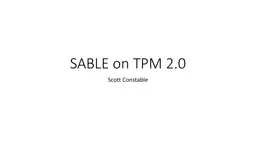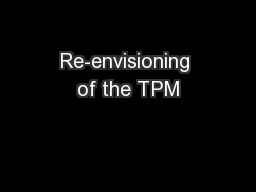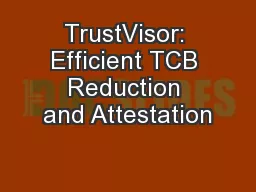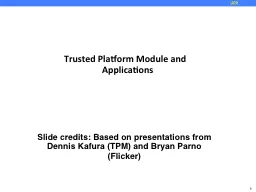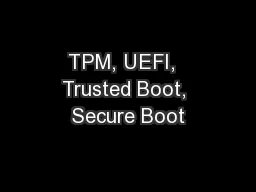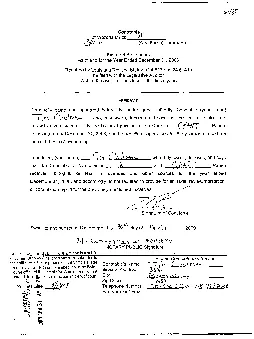PPT-SABLE on TPM 2.0 Scott Constable
Author : alexa-scheidler | Published Date : 2019-12-12
SABLE on TPM 20 Scott Constable Whats new in TPM 20 Completely new key hierarchy 21518 Syracuse University 2 Key Hierarchy TPM 12 21518 Syracuse University 3 Key
Presentation Embed Code
Download Presentation
Download Presentation The PPT/PDF document "SABLE on TPM 2.0 Scott Constable" is the property of its rightful owner. Permission is granted to download and print the materials on this website for personal, non-commercial use only, and to display it on your personal computer provided you do not modify the materials and that you retain all copyright notices contained in the materials. By downloading content from our website, you accept the terms of this agreement.
SABLE on TPM 2.0 Scott Constable: Transcript
Download Rules Of Document
"SABLE on TPM 2.0 Scott Constable"The content belongs to its owner. You may download and print it for personal use, without modification, and keep all copyright notices. By downloading, you agree to these terms.
Related Documents

